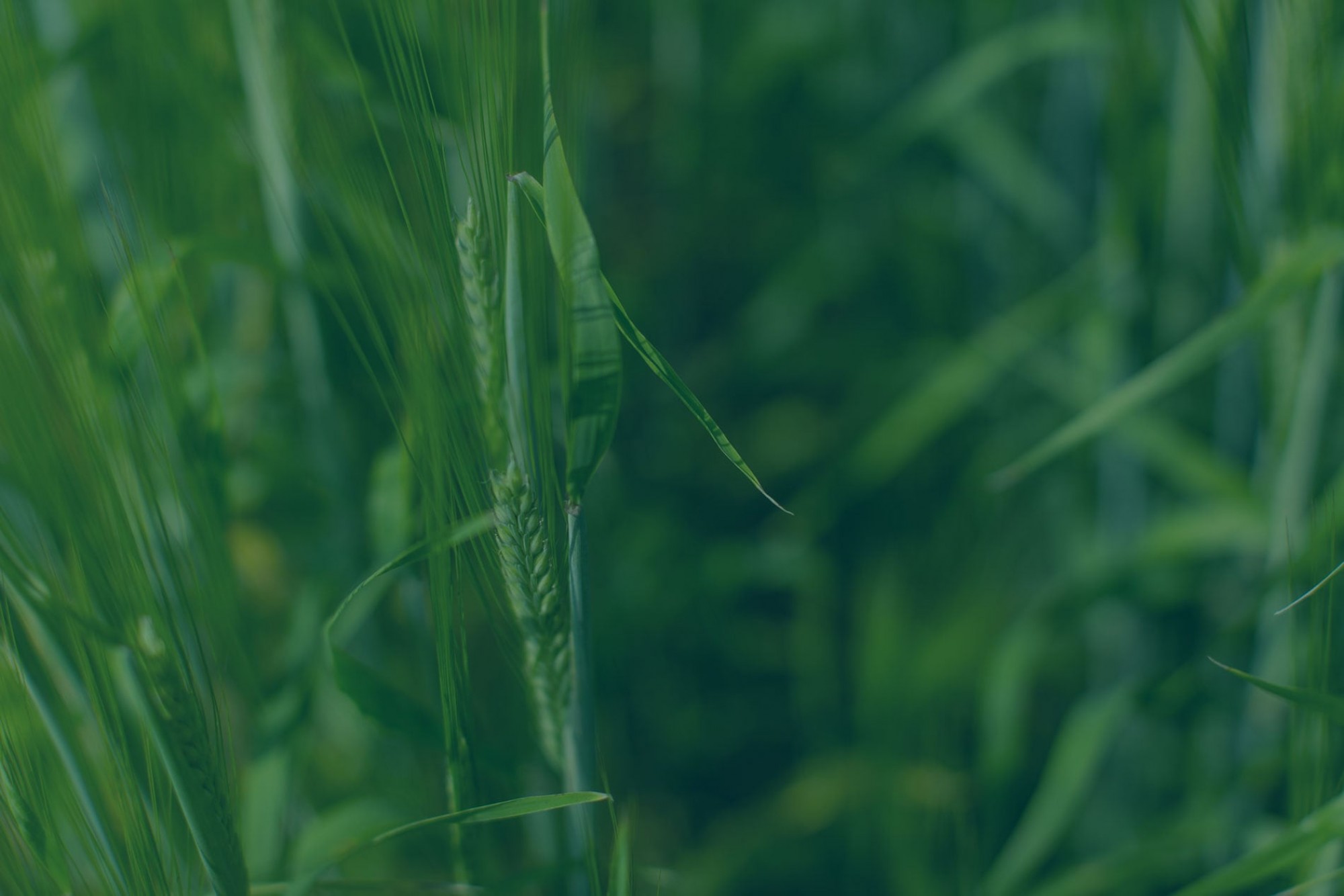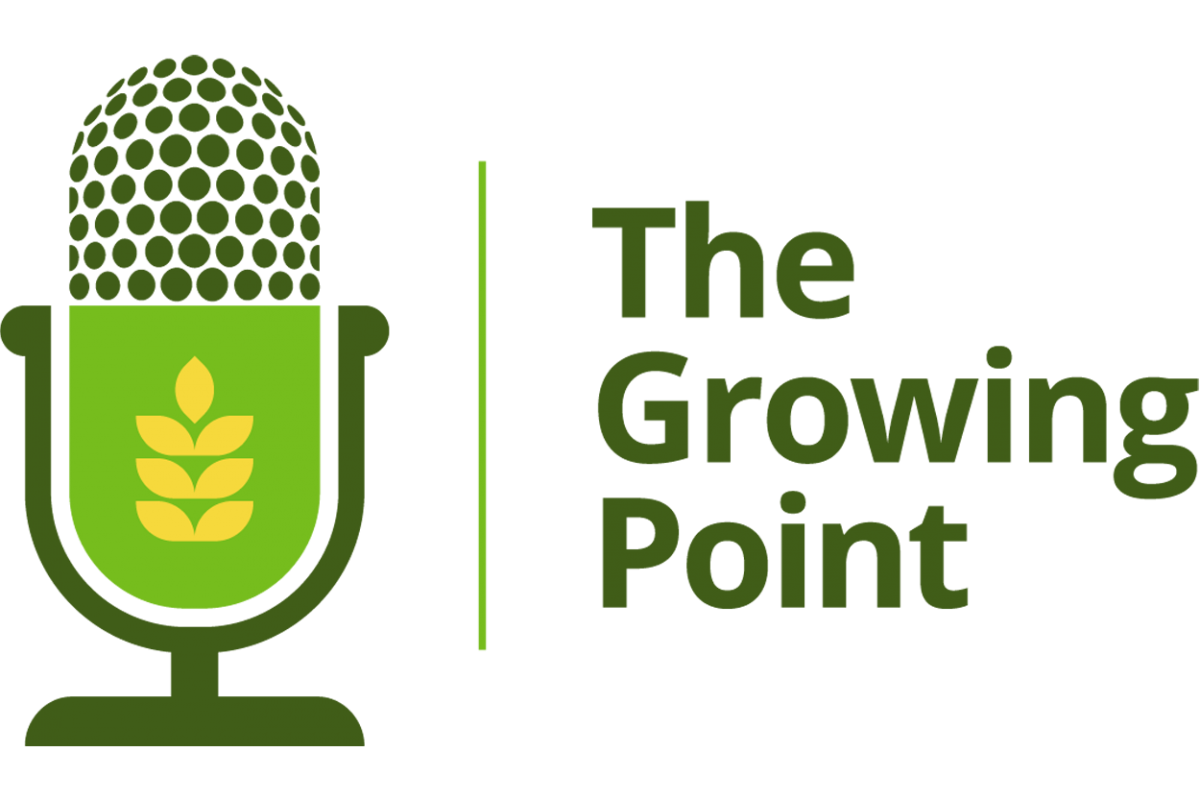Should you tank mix fungicide with your herbicide or plant growth regulator?
By Sheri Strydhorst, M.Sc., Ph.D., P.Ag., Agronomy Research Specialist | Alberta Wheat and Barley Commissions
Many cereal growers have considered applying, or have applied, a sub-lethal rate of fungicide (i.e. half rate of Tilt/propiconazole) tank-mixed with herbicide at early growth stages. This practice is considered a convenient, one-pass operation for weed and disease management with relatively low cost. However, previous studies generally support the finding that fungicide applications at herbicide timings do not result in a yield benefit. There are also new questions about the value of tank mixing plant growth regulators (PGRs) with fungicides to reduce the number of passes growers make over the field. However, the value of fungicide applications at this time is not well documented.
The Research
The Alberta Wheat Commission, along with Alberta Innovates and Saskatchewan Wheat Development Commission recently funded research to look at the value of early season fungicide applications. Six fungicide treatments were evaluated at eight site-years across Alberta in 2018 and 2019 to determine the optimum time for a single fungicide application. The treatments included early fungicide applications at BBCH 22-23 (herbicide timing), early to mid-season application at BBCH 30-32 (PGR timing), ‘traditional’ timing at BBCH 39-45 (flag leaf), head timing at BBCH 61-63 (fusarium head blight timing) and compared with a non-treated control. Experiments were conducted with the CWRS wheat cultivars ‘AAC Brandon’ and ‘AAC Viewfield’, which are commonly grown and have intermediate resistance to leaf spot diseases. The study findings and details are available at Asif et al. (2021).
Disease Levels Resulting from Early Season Fungicide Applications
The fungicide treatments at herbicide timing and the non-treated control had the highest leaf spot disease severities in early to mid-August. The fungicide treatments at herbicide and PGR timing had 54% and 42%, respectively, higher leaf spot disease severity compared with the flag leaf fungicide treatment. These results are consistent with previous Saskatchewan research from Duczek and Jones-Flory (1994). The result suggested that producers should avoid early fungicide applications at herbicide and PGR timing, as they do not result in significantly lower disease levels compared with the non-treated control. In addition to not effectively controlling disease later in the growing season, fungicide applications at herbicide and PGR timing may contribute to the development of fungicide resistance.
Yield Benefits Resulting from Early Season Fungicide Applications
There were no significant yield differences between the non-treated control and fungicide applications at herbicide timing (BBCH 22-23) or fungicide timing (BBCH 30-32). Although tank mixing fungicides with herbicides or PRGs can reduce application costs, the lack of yield benefit reported in this research indicates that there is no economic benefit to these practices.
Recommendations
The most economically beneficial practices were fungicide applications at flag leaf timing (BBCH 39-45) or Fusarium head blight timing (BBCH 61-63) when environmental conditions [higher relative humidity (65.4-74.0%) and an average 273 mm of precipitation] were conducive for disease development. Tank mixing fungicides with herbicides or PGRs is not recommended due to:
- poor end-of-season disease control compared with a flag leaf timing fungicide application
- lack of significant yield response
- lack of economic returns
- possibility for this practice to contribute to the development of fungicide resistance
References
Duczek, L. J. and Jones-Flory, L. L. 1994. Effect of timing of propiconazole application on foliar disease and yield of irrigated spring wheat in Saskatchewan from 1990 to 1992. Can J. Plant Sci. 74: 205-207.
Asif M., Strydhorst S., Strelkov S.E., Terry A., Harding M.W., Feng J., Yang RC. 2021. Evaluation of disease, yield and economics associated with fungicide timing in Canadian Western Red Spring Wheat. Can. J. Plant Sci. Accepted Jan 26, 2021.

